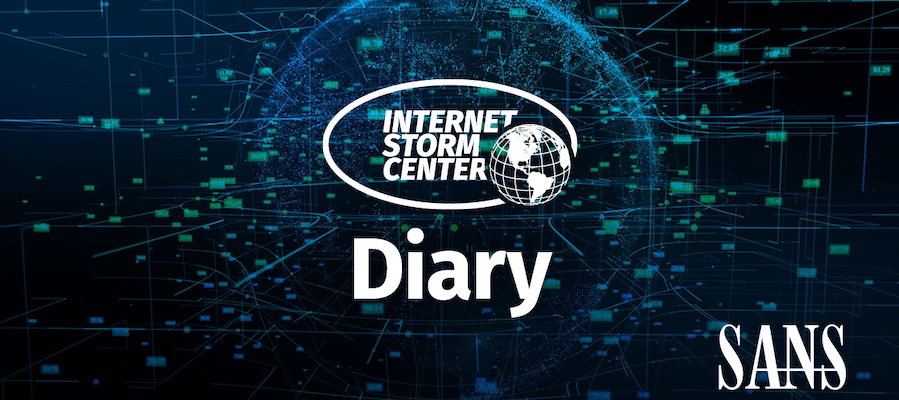I published the following diary on isc.sans.edu: “XLSB Files: Because Binary is Stealthier Than XML“: In one of his last diaries, Brad mentioned an Excel sheet named with a .xlsb extension. Now, it was my turn to find one… What’s the magic behind this file extension? “XLS” means that we

